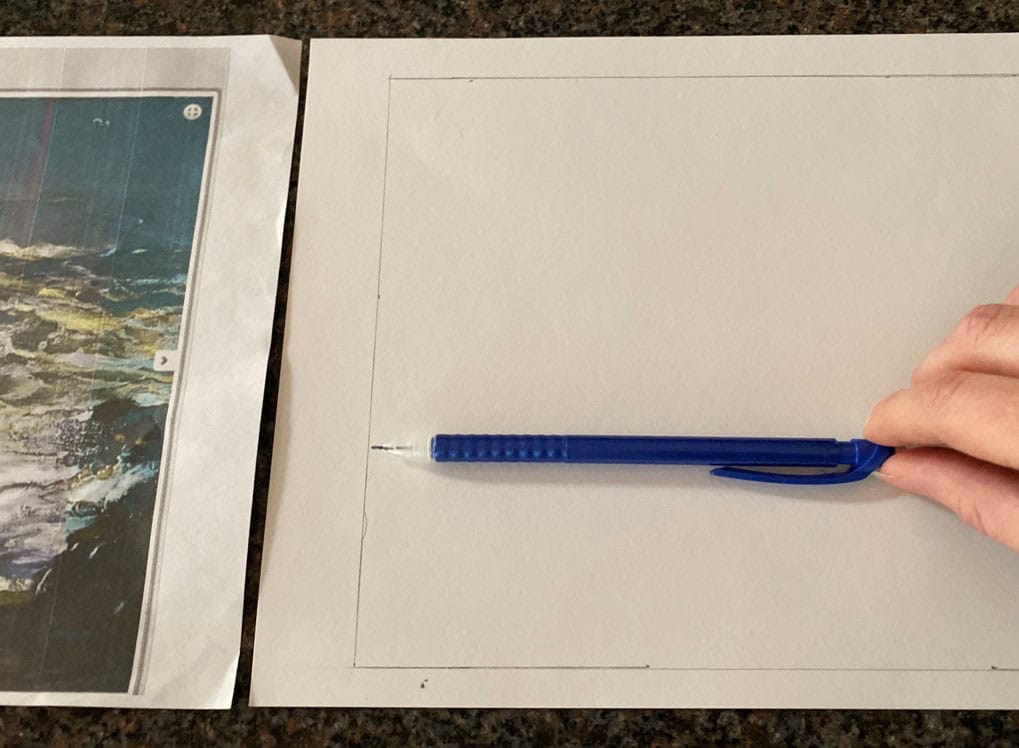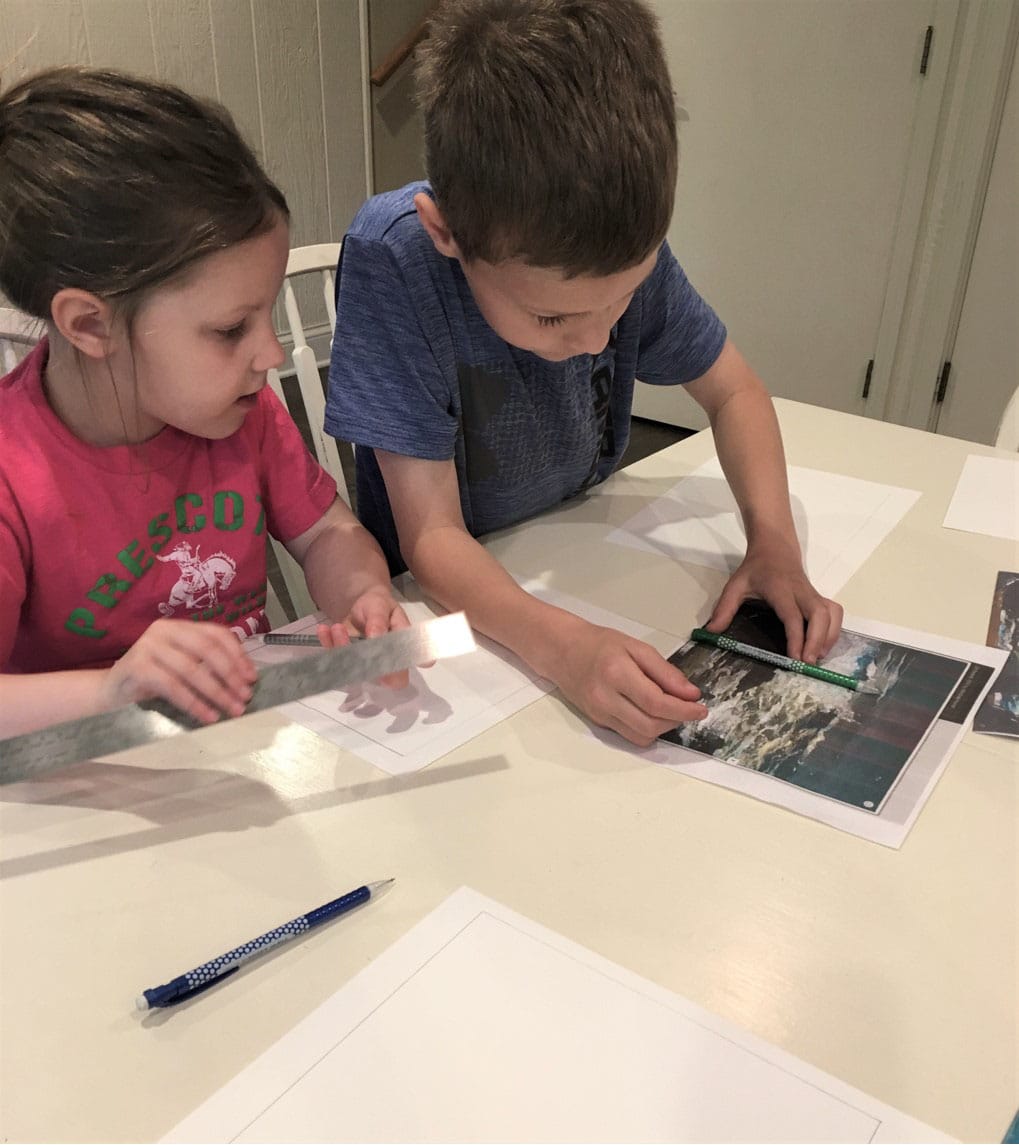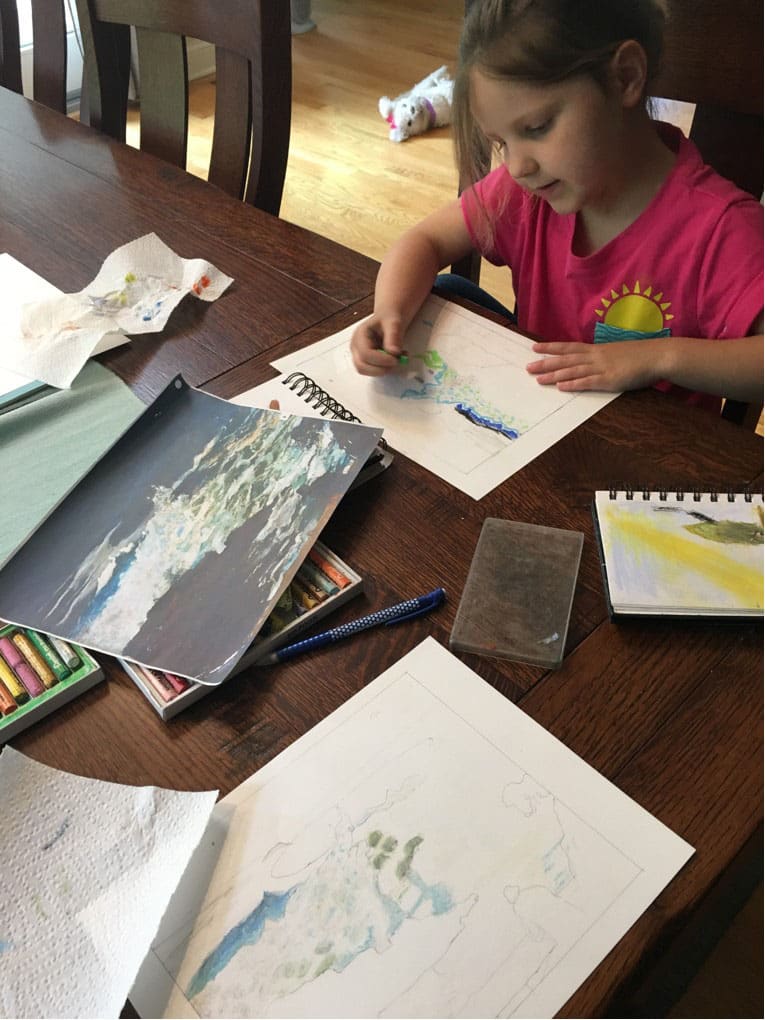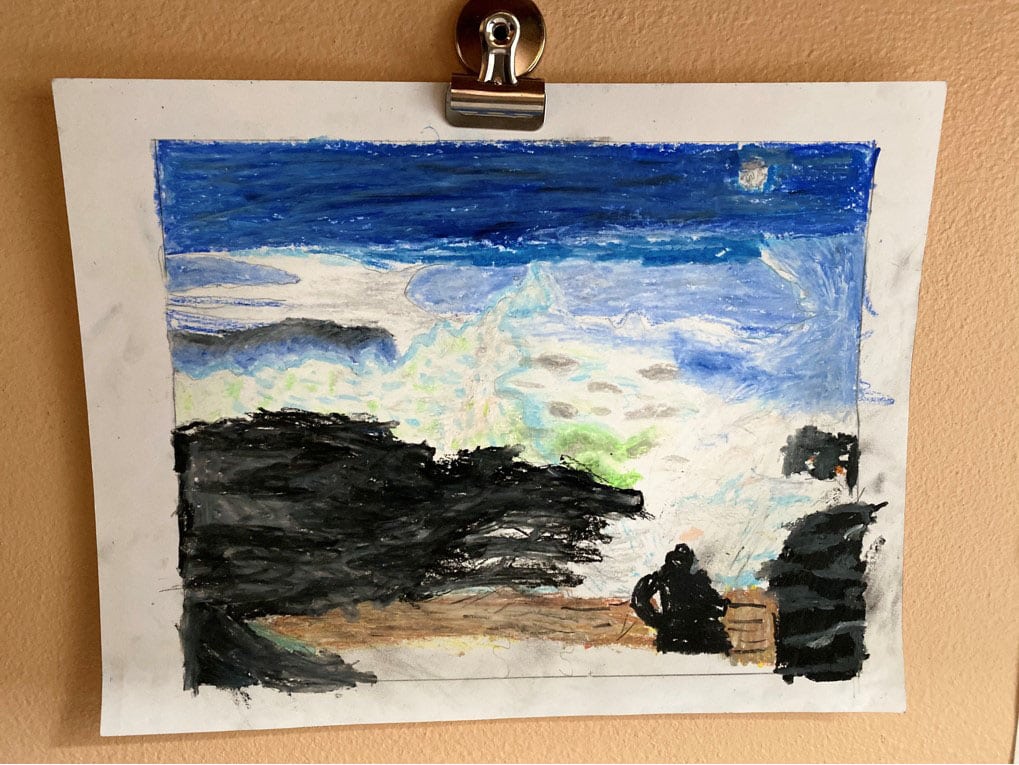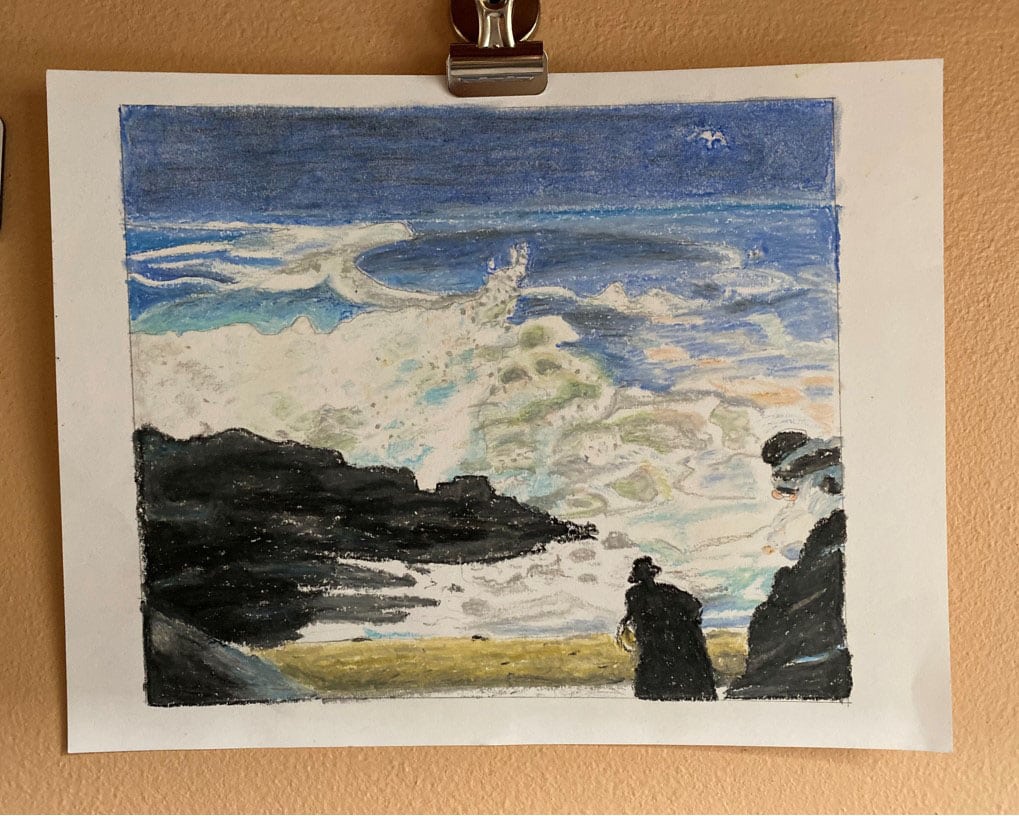When I think about how Clapham school has influenced our family, my heart overflows with gratitude. To list the things I am thankful for could take up an entire blog post: the culture, ideas, habits, and training that have permeated the way we live have two categories, in my mind, at least. First, there are the things that are obvious, and second, the things that have become so intertwined into who we are that we don’t even recognize them as being different-they are just normal.
You don’t recognize the latter things unless someone asks you why you are doing what you are doing, or you receive a look from someone which indicates to you that you are different. I had this exact look appear in front of me some weeks ago.
I have a girl who comes to my house to study the Bible every Friday morning at 5:30 am. On this particular morning, my son woke up unusually early, and he needed instruction on how to use his free time in the morning. I gave him my instructions, and as many in the Clapham community might expect, he was able to tell back those instructions word for word. I then let him go and turned my attention back to the girl who was on my couch. When I turned to look at her, I saw her eyes wide open, and her jaw dropped. In a moment like that, you realize, “Oh, that’s different, that’s Clapham.”
Another example would be when I was walking the dog with my kids. My son started asking me questions about physics. He wanted to know how to calculate force. He’s 10! He wanted to know if I could generate the same amount of force as Lance, my husband. “No, absolutely not. Daddy can lift a much heavier mass than I can, and he can probably lift that mass with much faster acceleration.” There were more clarifying questions as we finished our walk, both theoretical questions, and practical application questions. I remember thinking during this discussion, “This is joyful discovery, this is Clapham.”
{{cta(‘395745bc-bdd2-42ac-a555-383bdd666998′,’justifycenter’)}}
So those are some of the less obvious ways that we have seen Clapham influence and change the life of our family, there are also the more obvious ways. For instance, we choose our books from the Clapham School reading list, which is obviously a Clapham influence. Another example of a more obvious influence is what I did with my children this summer and the story that I like to share with you.
I’m not sure how the last day of school goes for all of you, but it’s not typically an organized day at our house. We come home from the field day, both excited and exhausted. Backpacks get thrown in the mudroom to be forgotten, and uniforms that no longer need to be washed immediately sit in a basket for days. Some years I get to the backpacks within the first week of summer, and then other years they sit, untouched until two days before the start of the new school year (which is particularly awful if food has been left inside).
This year was a good year. I pulled out all the contents of my children’s backpacks within the first week of summer break. I separated out all the kid’s artwork and took it down to my scanner and began the process of scanning each piece to save on our computer. As I waited for each piece of art to scan, it gave me time to marvel at the next piece waiting in the queue.
The same reaction happened for each piece of art. “How did my six-year-old do this? How did my eight-year-old do this? How did my ten-year-old do this?” This happened no less than 15 times. I turned to my ten-year-old son, who was helping me, and I asked, “Would you mind teaching me how to do an artist imitation with oil pastels?”
My son looked at me perplexed and speechless. I had to reassure him that I was, in fact, being serious. A large smile appeared on his face and he agreed. The student had become the master!
I asked him if he would choose an artist that he liked and he chose Winslow Homer. I then pulled out my handheld glowing rectangle (also known as the smart phone) and searched for paintings by Homer. I asked Isaiah, my son, to scroll through and find a painting that he liked, and that would be easy enough for him to teach. After searching for a while, he decided on a painting called, “Driftwood.”
The next day I gathered all the materials we would need, I printed off the painting, and we were ready to go. My daughter was eager to join us as well.
The first day was episode one of mom’s ignorance. I started off the event by telling my son that I wanted my artwork to cover the entire page. I did not want that white rectangle frame around the outside of my painting—that frame that is a part of every Clapham student’s artist imitation that comes home. I wanted mine to be different.
My son looked at me with eyebrows furrowed and a mouth that suggested he did not understand. So, I explained again. My son looked at me and said, “You can’t do that.”
“Yes, I can, I’ll just take mine to the ends of the page,” I explained.
“But, Mommy, the picture you printed does not go to the end of the page, so you can’t do that. Can I just show you?” said an exasperated little boy.
I conceded.
My son placed the printed painting on his left side and his blank paper on his right. He then took out a ruler. He measured the rectangle painting on the printed copy and then made an identically sized rectangle on his blank piece of paper. After completing the rectangle, he used his pencil like a ruler to find the exact placement of a rock formation near the center of the painting. He placed his pencil to the vertical line and used his fingers as a marker, then transferred his pencil over to the blank page and made a small pencil mark where the rock should be, he did the same thing on the bottom horizontal line, transferred the pencil and made a mark.
He continued doing this for about 10 min. He then picked up his paper and showed me. He had, what looked like an identical replica of the rock, in the exact spot on the page, with all the grooves and bumps as the painting displayed them. It was then that I realized my ignorance in how difficult it would be to make mine take up the entire page. This was also when I decided that I needed to submit to my son’s teaching because he knew what he was talking about. With a summer schedule of about twenty minutes a day, about five days a week, it took us about a month to finish sketching.
When we were ready to move onto the oil pastels, I again had my ideas of how this would go. This was episode two of my ignorance. I was quicker to heed my son’s instruction this time and we got started with the pastels. This part took us another month.
By the end of July, we had our finished artwork. My finished piece only looks “good” (if it can be considered good) because I had a teacher who was willing to patiently endure with me and pass on his learned skills to me. He had the knowledge to teach me because he has had teacher after teacher patiently, lovingly, and intentionally pouring into him.
There really are no words of gratitude that seem to give adequate thanks to the teachers at Clapham who strive to work in partnership with my husband and I to raise our children to love God, love neighbor, do all things to the glory of God (even artwork), and to learn joyfully.
Take a look at the Lower School contributions for the 2020 Clapham School Fine Arts Day here.
Have you had a similar experience? Encourage others by sharing it in the comments below.
{{cta(‘beb57da0-56af-4364-b695-f272b30394cc’,’justifycenter’)}}

